Decade in review: How the Apple Watch changed everything in 2022
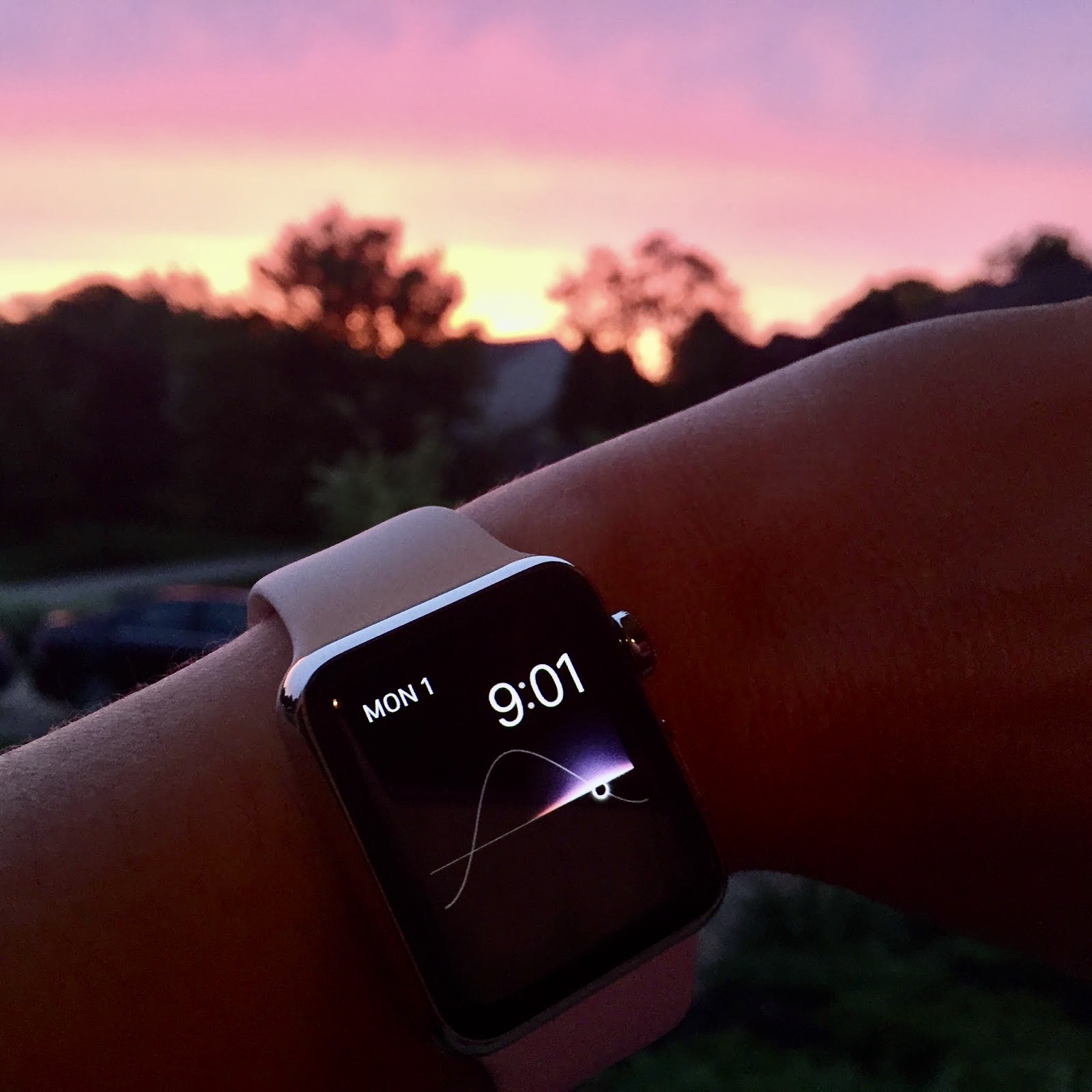
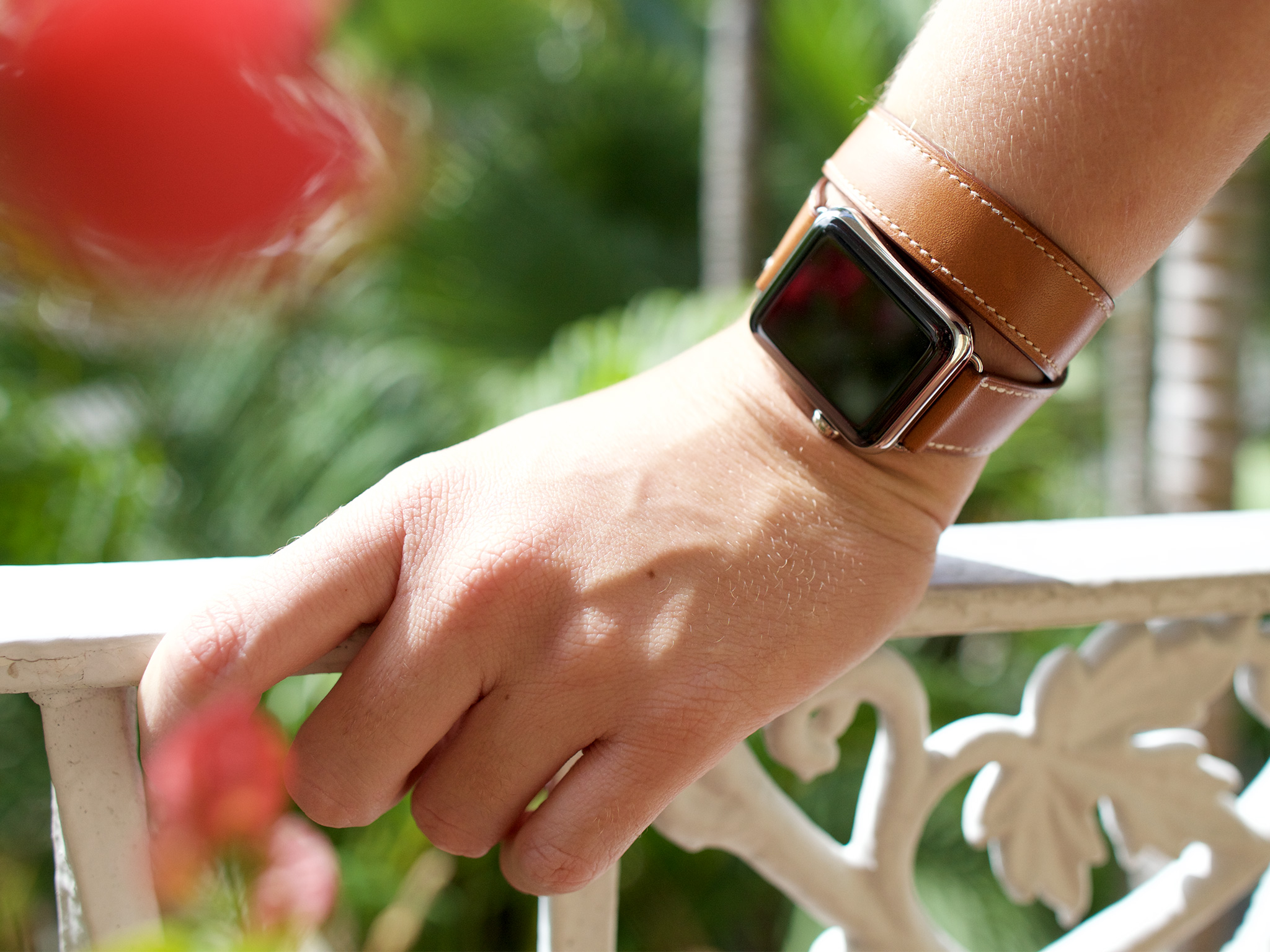
When Jony Ive first introduced the Apple Watch in that memorable (and often parodied) video at the Apple Event in his silky-smooth, mesmerizing voice, I was not convinced. Why would I want a stripped-down iPhone strapped to my wrist? I did not pre-order an Apple Watch. As much as I love Apple products, it just seemed so big, bulky, and unnecessary. I had a Fitbit to count my steps, wore a wristwatch to tell the time, and had an iPhone for everything else. Who needs a watch that has to be charged every day? Plus, I didn't think I could pull off such a large watch look on my small wrist. And yet, I couldn't get it out of my mind. When I saw it in real life, especially on the wrist of a woman who was smaller-framed than me, I was intrigued all over again. Of course, in the end, I decided to buy that first-generation Apple Watch in the spring of 2015 and I fell in love immediately.
Who needs an Apple Watch?
The short answer is that no one needs an Apple Watch, even in its current iteration. But it's a pretty fantastic piece of tech to own. As Jony explained, it's designed for "lightweight interaction." Take a quick peek at the weather forecast. See who's trying to reach you and respond with a couple of taps. Ask Siri a question. Check your upcoming calendar events. Track your daily activity, exercise, and heart rate. Play, pause, and adjust the volume of your music. Get directions. Make or take a phone call a la Dick Tracy, Knight Rider, and James Bond.
Apple being Apple, the aesthetics of the Apple Watch are miles ahead of anything else that was on the market in 2015. Not only does it have a sleek rounded-edge rectangle shape, but you can change the face of the Apple Watch to suit your style. Complications on each face let you personalize it even further, giving you the most pertinent bits of information at a glance. The interchangeable watch band system is one of my favorite things about the Apple Watch since I like to change my band regularly to match my outfit and activity.
Evolution of the Apple Watch
The reviews of the original Apple Watch were generally positive, like Rene Ritchie's review back in 2015. From Rene:
"The Apple Watch is the most impressive piece of industrial design to ever come out of 2 Infinite Loop. From materials to finish, digital crown to band swapping mechanism, Retina display to mics and speakers, heart rate sensor to inductive charging, the Watch takes myriad components and melds them into a singular and singularly impressive object."
Take a peek at his original video as well.
In 2016, Apple discontinued the original Apple Watch (also known as "Series 0") and released the Apple Watch Series 1 and Series 2. The Series 1 was a speedier version of the original, but less expensive than the Series 2. The Series 2 also offered a stainless steel version, GPS, brighter screen, better battery, and more water resistance.
The Series 3 in 2017 brought the LTE + Cellular option. I actually still own this watch myself, though it was the general improvements in speed, battery life, and waterproofing rather than the LTE that convinced me to upgrade from the original Apple Watch.
Master your iPhone in minutes
iMore offers spot-on advice and guidance from our team of experts, with decades of Apple device experience to lean on. Learn more with iMore!
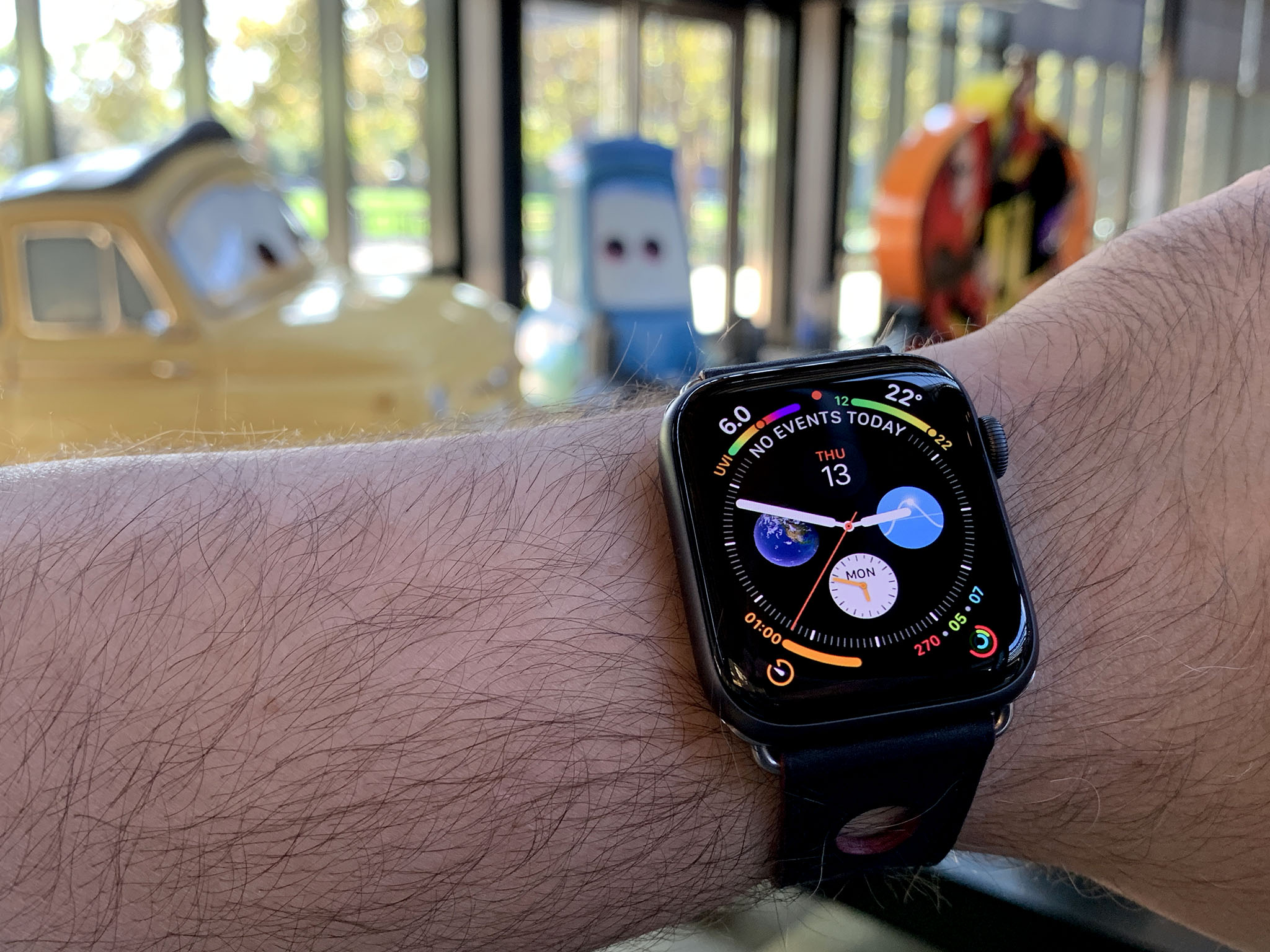
The following year, 2018, Apple released the Series 4, which represents the next stage in the Apple Watch's evolution. This is the model that added ECG/EKG (electrocardiogram, which measures the electrical activity of the heart) and fall detection; literally life-saving features. This model also happened to be thinner than the previous models, while fitting a larger screen into the same sized casing by shrinking the bezels. A larger screen means even more complications can be seen on it, allowing for new faces such as the new Infograph face.
Finally, 2019's Apple Watch Series 5 takes it to the next level with the much-requested always-on display in addition to the usual spec bumps in speed and battery life.
Why the first Apple Watch matters
Apple certainly didn't invent the smartwatch, but the first Apple Watch in 2015 changed the smartwatch industry. Apple was the first to truly integrate the smartwatch with the phone in such an elegant manner. The Apple Watch is a value-added extension of the iPhone.
The first-generation Apple Watch paved the way for the current iteration, which is brighter, slimmer, and faster than ever. The display is larger due to bezels getting smaller, and can be set to stay on all day. Health and fitness tracking, which has encouraged many of us towards healthier lifestyles, has gotten more comprehensive over the years. Most importantly, the current Apple Watch continues to save lives, alerting medical professionals to the wearer's heart irregularities with ECG and fall detection.
How the Apple Watch changed my life
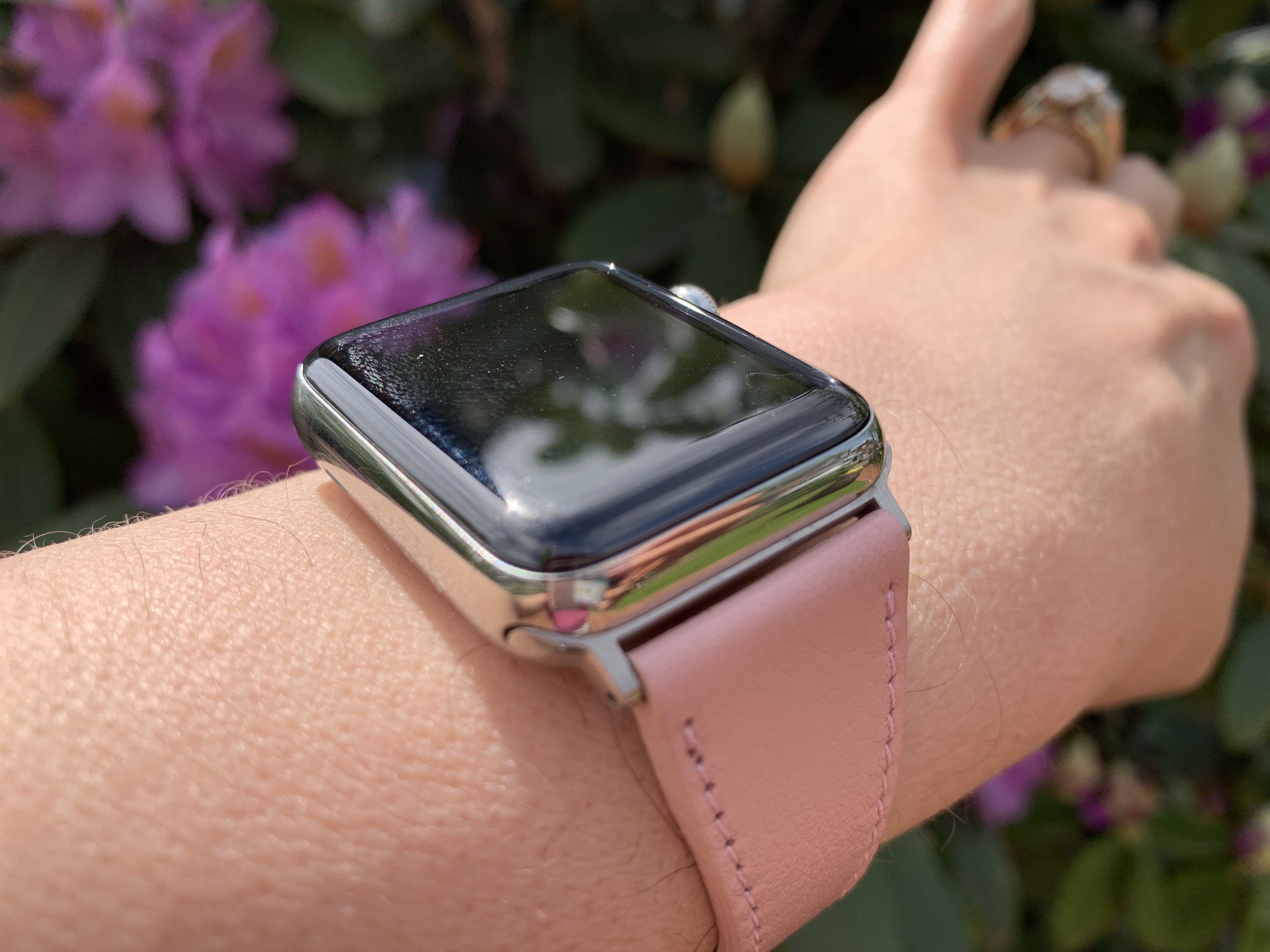
Now that I've worn an Apple Watch for half a decade, I can't imagine NOT wearing one. I put it on first thing in the morning and it's one of the last things I take off at night. It keeps me accountable. I work out every day I possibly can, and I get up and walk around every hour because I want to fill those rings and earn badges. Gamifying fitness is surprisingly motivating. I pull out my iPhone less often because almost anything I need to know quickly is right there on my wrist.
Though my children are more or less grown, I still want them and other close family members to be able to get ahold of me immediately if they need me no matter where I am or what I'm doing. A haptic touch lets me know I have an incoming text, and the barest glance tells me if it's urgent or not. My phone can be stashed away in my bag or in another room.
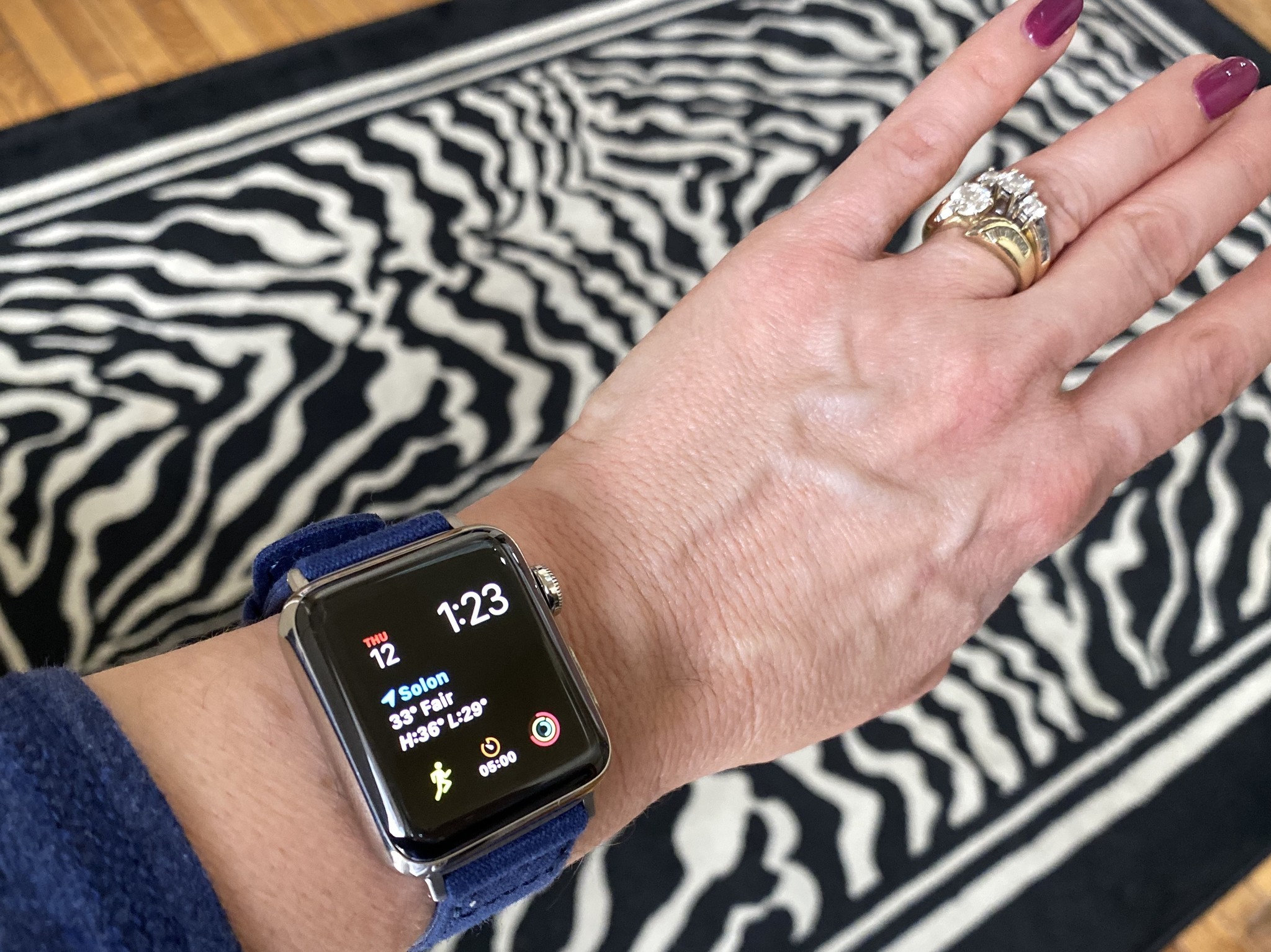
Though I love the colorful and whimsical faces available, my go-to watch face is the Modular face (only because the Infograph face isn't available on my Series 3.) The complications I keep front and center are Date, Weather, Workout, Timer, and Activity. I know, they aren't the most exciting, and I've certainly tried other faces and other complications, but this is what I always come back to. I use every single one of those complications every day, some of them multiple times per day. Other Apple Watch features I use regularly are: pinging my iPhone, GPS, Camera (remote,) Messages, Now Playing, Phone (only because I set my iPhone down somewhere and a call is coming in,) and Apple Pay. I'd be remiss if I didn't mention that I find the Apple Watch to be aesthetically appealing, and geek-chic fashionable. Along with my large collection of bands to go with every outfit, the watch has become part of my signature look.
Basically, I'm much less tied to my iPhone, and I'm more connected to my family and the world around me. I'm more conscious of how effective my workouts are, which motivates me to work out longer and harder. I feel encouraged to move around more during the day rather than just working out once and then sitting on the couch for the rest of the day. Sure, no one needs an Apple Watch, but it's a phenomenal device that just keeps getting better.
More navigation links:
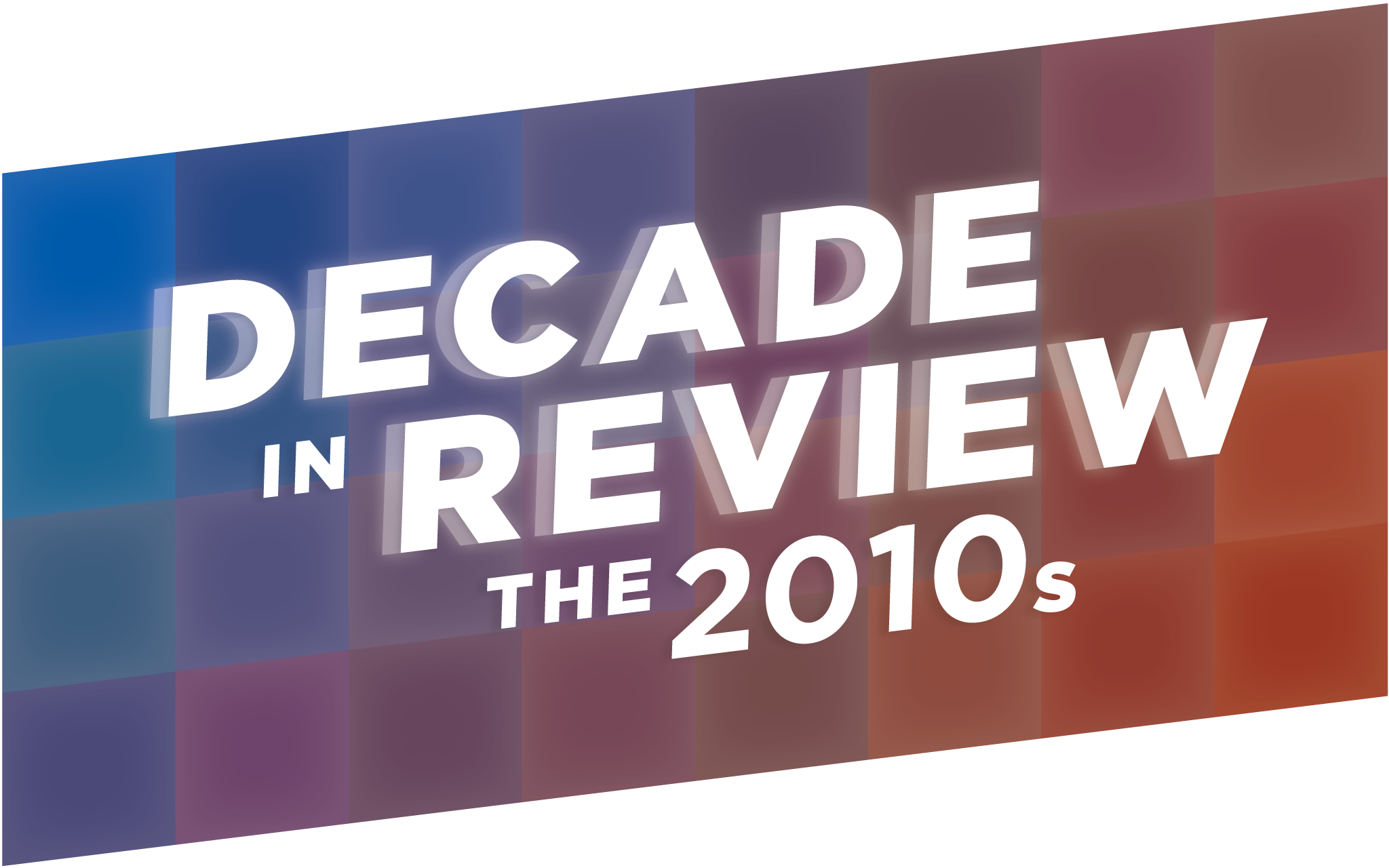
Apple
- Apple across the decade
- Rene Ritchie's product of the decade
- The iPad
- iPhone 4s
- Qi charging
- iPhone 5c
- iOS 8
- Apple Watch
- Pokémon Go
- Nintendo Switch
- iPad Pro
- iPhone 11 Pro
- Nintendo
- Top Google stories of the decade
- Google Home & Google Assistant
- Moto X
- Roku
- Chromecast & Google Cast
- HDR+
- Samsung Galaxy S7
- Alexa & Amazon Echo
- HTC One M7
- Robot Vacuums
- Google Cardboard
- Google Wifi
Microsoft

Karen is a contributor to iMore.com as a writer and co-host of the iMore Show. She’s been writing about Apple since 2010 with a year-long break to work at an Apple Store as a product specialist. She's also a contributor at TechRadar and Tom's Guide. Before joining iMore in 2018, Karen wrote for Macworld, CNET, AppAdvice, and WatchAware. She’s an early adopter who used to wait in long lines on release days before pre-ordering made things much easier. Karen is also a part-time teacher and occasional movie extra. She loves to spend time with her family, travel the world, and is always looking for portable tech and accessories so she can work from anywhere.
